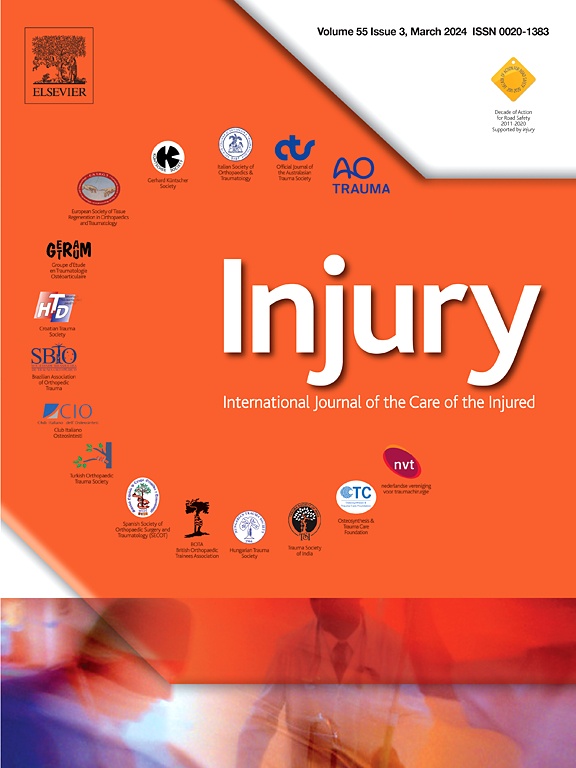
Standard vs. Long Cephalomedullary Nails for Unstable Extracapsular Proximal Femoral Fractures

Standard vs. Long Cephalomedullary Nails for Unstable Extracapsular Proximal Femoral Fractures
Complications of standard versus long cephalomedullary nails in the treatment of unstable extracapsular proximal femoral fractures: A randomized controlled trial.
Injury. 2023 Feb;54(2): 661-668.Synopsis
One hundred and eighty-two patients with unstable extracapsular proximal femoral fractures were randomized to receive a standard size cephalomedullary nail (n=93, 3 did not receive) or a long nail (n=89, 22 did not receive). The outcomes of interest included mechanical complications, the incidence of mortality, operative time, medical complications, and length of stay. Outcomes were assessed up to...
To view the full content, login to your account,
or start your 30-day FREE Trial today.
FREE TRIAL
LOGIN
Forgot Password?
Explore some of our unlocked ACE Reports below!

Learn about our AI Driven
High Impact Search Feature
Our AI driven High Impact metric calculates the impact an article will have by considering both the publishing journal and the content of the article itself. Built using the latest advances in natural language processing, OE High Impact predicts an article’s future number of citations better than impact factor alone.
Continue



 LOGIN
LOGIN

Join the Conversation
Please Login or Join to leave comments.